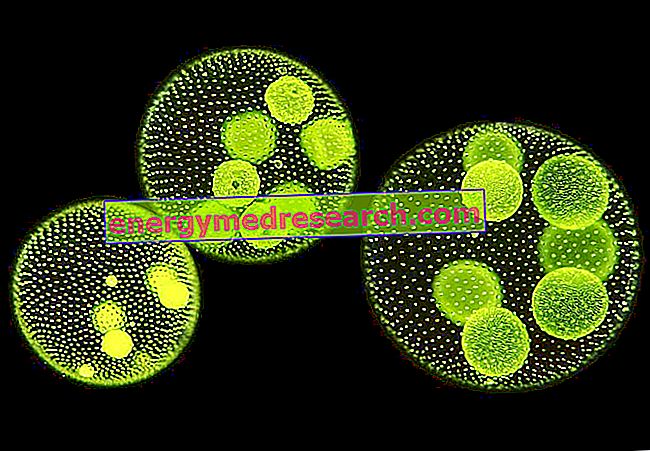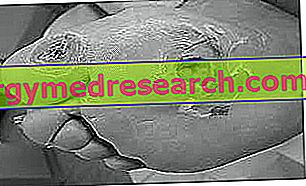
The production (aquaculture) of micro algae rich in proteins has started a few years ago. Chemical analyzes and nutritional studies have shown that algal peptides are of good quality, comparable to conventional vegetable proteins.
To date, most preparations that include micro algae are marketed in the category of diet foods, in cosmetics or for animal feed.
A little research has examined the isolated proteins obtained from green algae ( Scenedesmus obliquus ) grown under controlled conditions. He determined the molecular weight of the fractional algal peptides by means of "polyacrylamide gel electrophoresis", revealing a broad spectrum of molecular weights between 15, 000 and 220, 000. The isoelectric point of the dissociated proteins was in the range of 3.95-6.20.
The amino acid composition of isolated algal proteins meets the standards of the FAO (Food and Agriculture Organization). A high content of essential amino acids is found, such as: leucine, valine, phenylalanine and lysine. This characteristic makes the isolated algal proteins a component of high nutritional quality.
To optimize the removal of algal lipids (which are also very high quality) and pigments, the "extraction with supercritical carbon dioxide" (with and without ethanol as a cosolvent) was used. The addition of ethanol to supercritical carbon dioxide facilitates the removal of algal lipids, resulting in better protein recovery (greater total yield). The protein isolate extracted from the above mixture has a better solubility in water than that obtained by other systems.
However, due to the high production costs and technical difficulties for food preparations intended for humans, the spread of algal proteins can still be considered in "incubation".



